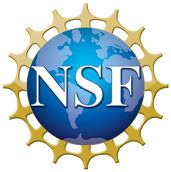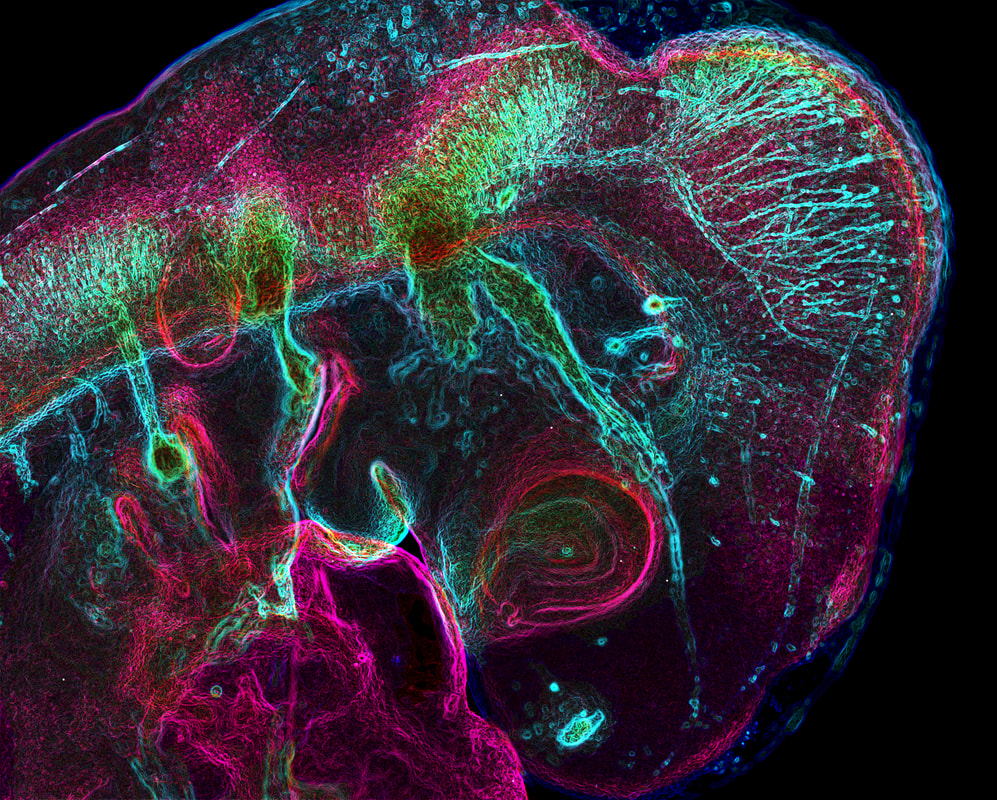Est. 2021
|
In the new age of data transparency, accessibility, open access, and technological innovation, we have created the Functional Analysis of Crest EffectorS (FACES) project to share new data that we acquire. Started by the Rogers Lab at UC Davis, this site provides expression and functional data related to the cranial neural crest cells in multiple species. Our long term goal is to understand the molecular mechanisms that drive formation of the cranial neural crest cells in multiple species, and to determine processes that are both conserved and divergent. Cranial neural crest cells make craniofacial bone and cartilage, peripheral nerves, pigment cells, and others, and together with mesoderm, form the developing faces of vertebrate organisms.
|
I have called this principle, by which each slight variation, if useful, is preserved, by the term of Natural Selection.” |
Get In Touch
|
Contact us if you would like to contribute images, papers, or other information to the FACES project.
|

